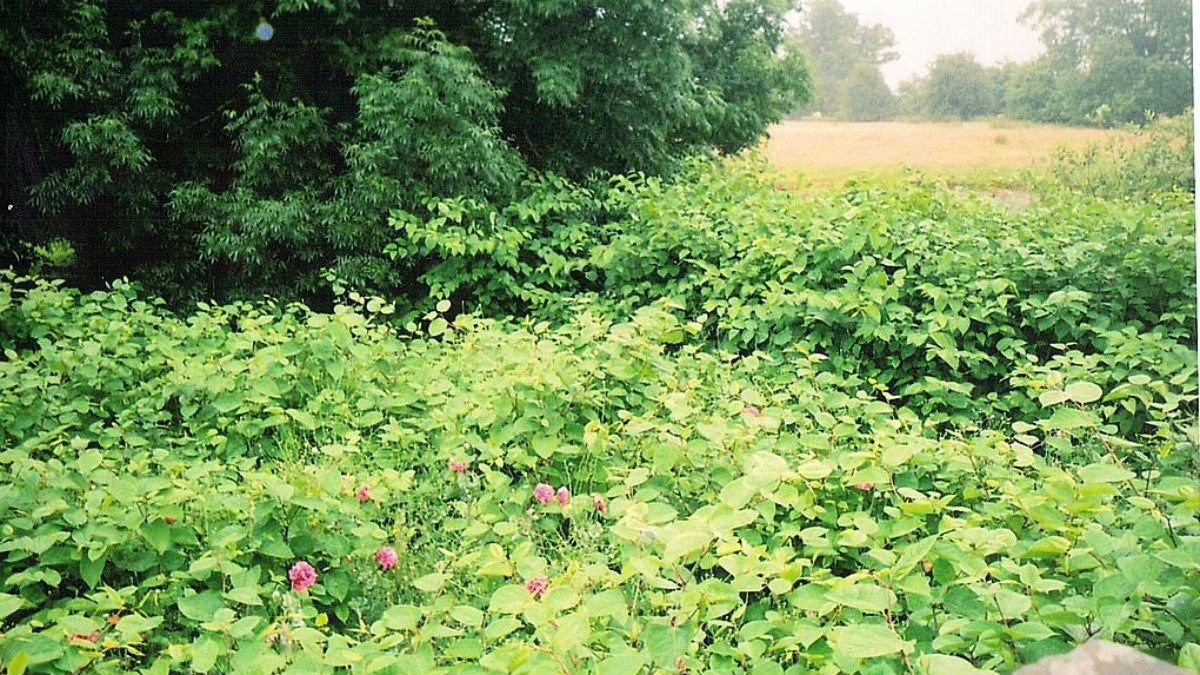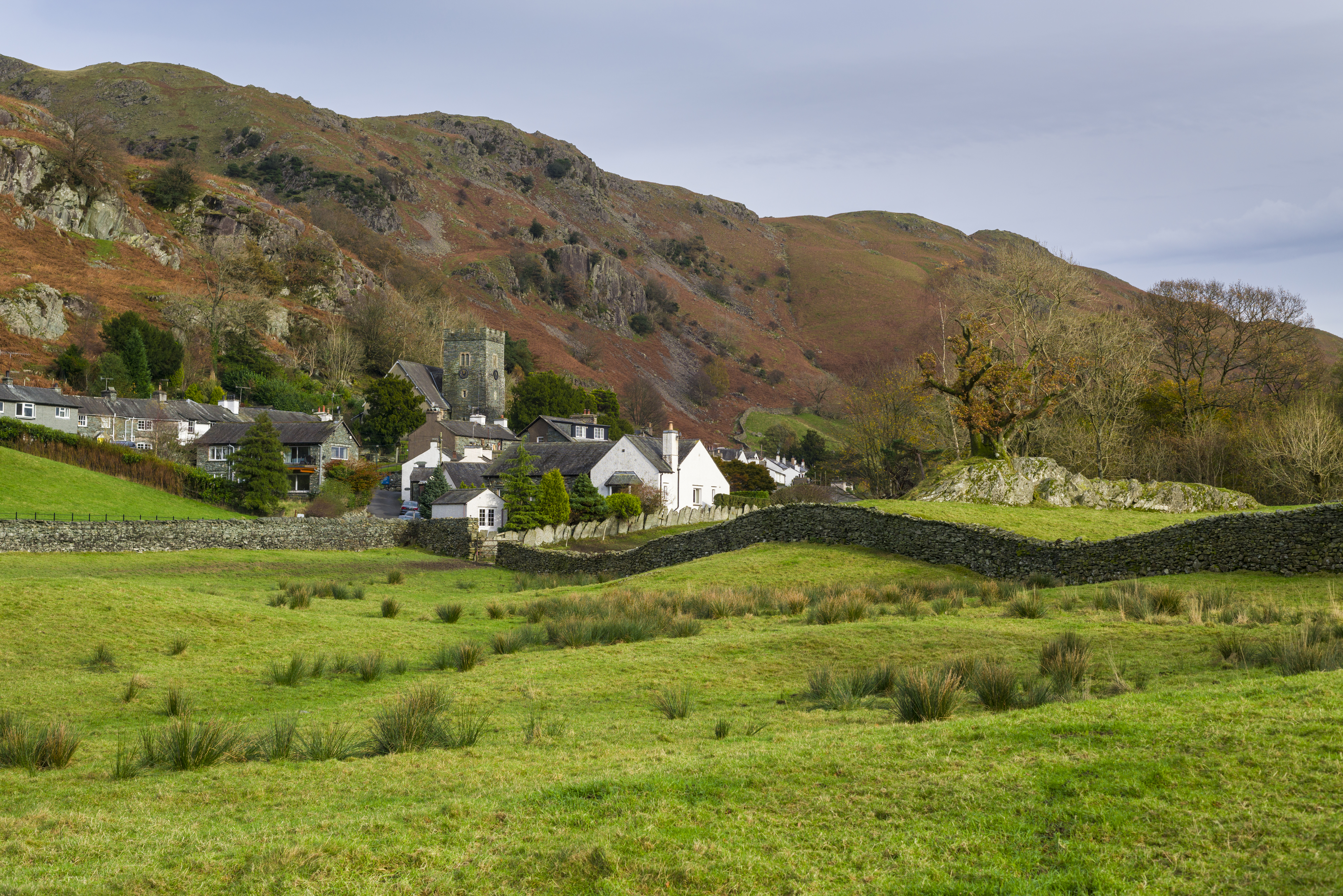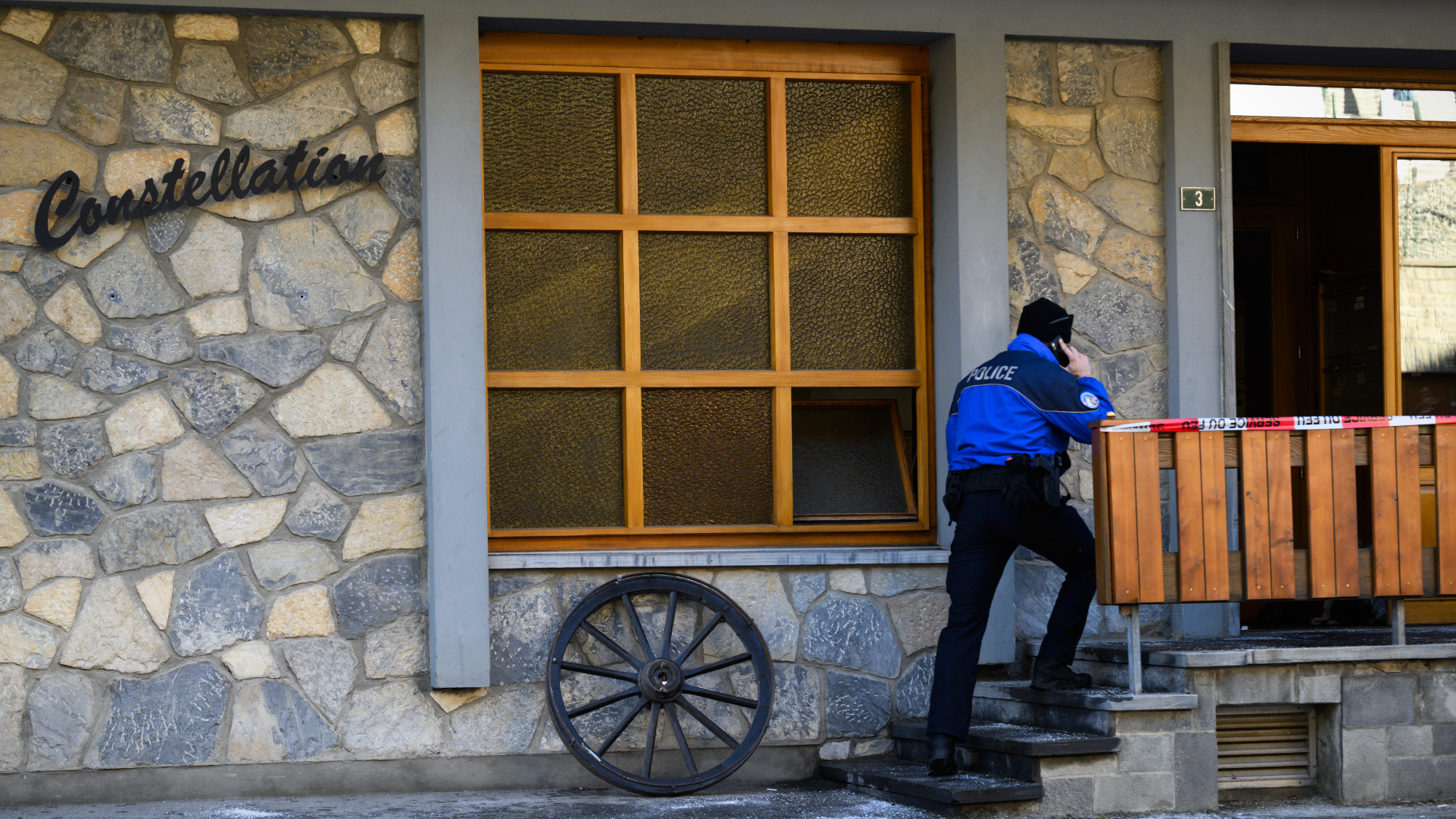Japanese knotweed: What is it and why are people panicking?
Bad advice about invasive plant could lead anxious gardeners to make things worse

Poor guidance from councils could result in people unwittingly spreading one of the most destructive plants in Britain, instead of eradicating it, say researchers from the University of Exeter.
The team behind the claim looked at advice on how to handle and dispose of infestations of Japanese knotweed, which can be so damaging it can block house sales and mortgage offers, says the Daily Telegraph.
They found some local councils are giving good advice – but others are not, or are giving inconsistent messages. The bad advice could cause needless worry or spread the plant – sometimes dubbed 'Britain's largest female' – further around the country.
The Week
Escape your echo chamber. Get the facts behind the news, plus analysis from multiple perspectives.

Sign up for The Week's Free Newsletters
From our morning news briefing to a weekly Good News Newsletter, get the best of The Week delivered directly to your inbox.
From our morning news briefing to a weekly Good News Newsletter, get the best of The Week delivered directly to your inbox.
What is Japanese knotweed?
Fallopia japonica is a perennial plant related to buckwheat and native to Japan, as its Latin name indicates. It grows in dense clumps and its stems can reach around chest-height. It is listed in many non-Asian countries as an 'invasive species'.
In 1850, the botanist Philipp von Siebold sent samples collected on the slopes of a Japanese volcano to the Royal Botanic Gardens in Kew, says the Daily Mirror. Within four years, the plants were being sold by commercial nurseries and touted as a useful new fodder for animals.
Why are people so unhappy about it?
A free daily email with the biggest news stories of the day – and the best features from TheWeek.com
For three reasons. Firstly, the plant's remarkable ability to force its way through concrete or brick means it can damage buildings or roads. Secondly, it grows in dense clusters that exclude native species. Thirdly, it is almost impossible to eradicate.
Is it really so bad?
Japanese knotweed is "indisputably the UK's most aggressive, destructive and invasive plant", says the Environment Agency. As well as destroying concrete foundations, it can damage flood defences and architectural sites.
So destructive is the plant – and so hard to control – that lenders can refuse mortgages on homes with a 'knotweed problem' and house sales may even fall through. The Telegraph says one gardener was "driven mad by the worry" of the plant and killed his wife.
Knotweed can grow three to four metres in just ten weeks, reports The Guardian. Its roots can spread seven metres horizontally underground. And the plant can regrow from even a tiny fragment of its root – so getting rid of it is not easy.
How do you kill it?
The plant is resistant to cutting, as it regrows vigorously – and any cut pieces must be disposed of very carefully. Domestic gardeners are advised to call in experts for the purpose. It can be destroyed by chemical herbicides. Experiments suggest spraying sea water on the leaves. This can also be effective in situations where using herbicide is not possible.
How does the plant reproduce?
In Asia, the plant has a male and female variety. Only the female has reached the UK, however. That means the plant can't reproduce sexually using its pollen. Undaunted, the female plant brought to Britain has cloned itself over and over again.
Each separate plant of Japanese knotweed in the UK has regrown from a fragment of root from another plant. Often these have been moved unwittingly by gardeners or councils taking earth from one site to another.
Why is it sometimes called 'Britain's largest female'?
Because they have not reproduced sexually, technically, all clumps of Japanese knotweed in the UK are the same plant, even though they aren't physically joined together. So it is Britain's, or perhaps even the world's, biggest female.
-
 Home Office worker accused of spiking mistress’s drink with abortion drug
Home Office worker accused of spiking mistress’s drink with abortion drugSpeed Read Darren Burke had failed to convince his girlfriend to terminate pregnancy
-
 In hock to Moscow: exploring Germany’s woeful energy policy
In hock to Moscow: exploring Germany’s woeful energy policySpeed Read Don’t expect Berlin to wean itself off Russian gas any time soon
-
 Were Covid restrictions dropped too soon?
Were Covid restrictions dropped too soon?Speed Read ‘Living with Covid’ is already proving problematic – just look at the travel chaos this week
-
 Inclusive Britain: a new strategy for tackling racism in the UK
Inclusive Britain: a new strategy for tackling racism in the UKSpeed Read Government has revealed action plan setting out 74 steps that ministers will take
-
 Sandy Hook families vs. Remington: a small victory over the gunmakers
Sandy Hook families vs. Remington: a small victory over the gunmakersSpeed Read Last week the families settled a lawsuit for $73m against the manufacturer
-
 Farmers vs. walkers: the battle over ‘Britain’s green and pleasant land’
Farmers vs. walkers: the battle over ‘Britain’s green and pleasant land’Speed Read Updated Countryside Code tells farmers: ‘be nice, say hello, share the space’
-
 Motherhood: why are we putting it off?
Motherhood: why are we putting it off?Speed Read Stats show around 50% of women in England and Wales now don’t have children by 30
-
 Anti-Semitism in America: a case of double standards?
Anti-Semitism in America: a case of double standards?Speed Read Officials were strikingly reluctant to link Texas synagogue attack to anti-Semitism


